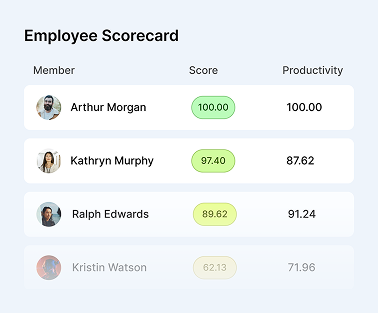How to Attract and Retain Top Talent in 2025
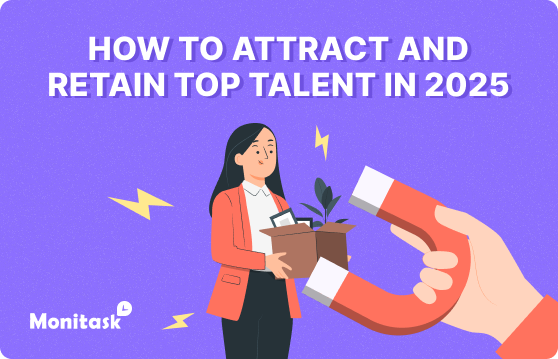
In 2025, a competitive salary alone is no longer sufficient to attract and retain high-performing professionals.
Today’s top talent expects purpose-driven work, flexible conditions, growth opportunities, and a people-first culture.
To remain competitive, organizations must offer a comprehensive and authentic employee experience that goes far beyond compensation.
The following strategies outline how forward-thinking companies are meeting evolving workforce expectations.
1. Prioritize Culture Throughout the Employee Lifecycle
A strong, consistent culture is a core differentiator in the talent marketplace. Organizations must clearly define their values and ensure they are embedded into every stage of the employee experience—from recruitment and onboarding to development and retention. Culture should not be a poster on the wall but a lived reality.
What defines a strong company culture?
✅ Shared values and purpose
✅ Transparent leadership communication
✅ Continuous recognition and feedback
✅ Inclusivity and psychological safety
When employees feel a genuine connection to the company’s mission and values, they are more likely to stay and contribute at a higher level.
2. Build a Purposeful, Multi-Touch Onboarding Process
Effective onboarding is no longer limited to the first week. It should be a phased, multi-touch experience that helps new hires integrate into both the operational and cultural dimensions of the organization. Embedding mentorship, check-ins, and personalized guidance fosters early engagement and long-term retention.
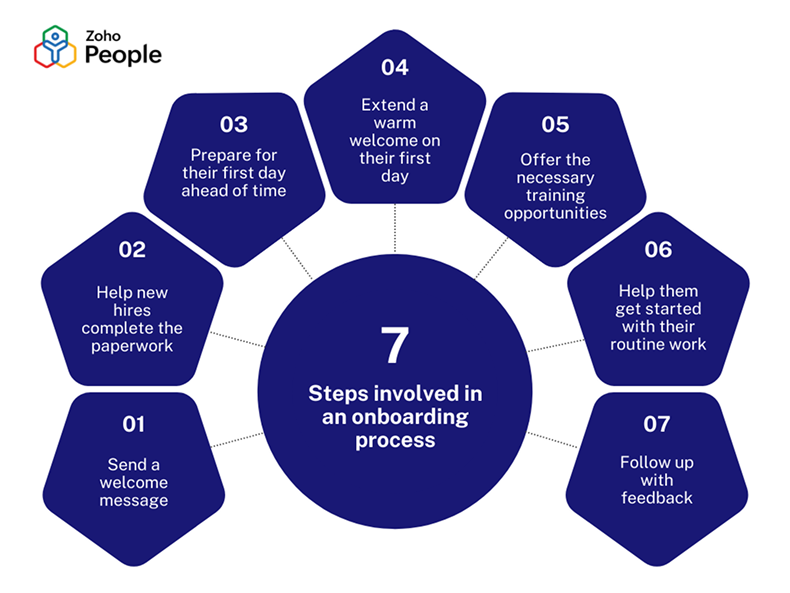
3. Implement Recognition Systems That Scale
Recognition must be timely, meaningful, and integrated into the daily rhythm of work. Companies should adopt layered systems that include peer-to-peer acknowledgment, real-time feedback from leaders, and structured awards. Recognition tied to company values reinforces cultural alignment and motivates sustained performance.
4. Monitor and Optimize Engagement Continuously
Employee engagement is a moving target. Organizations must invest in real-time engagement tracking tools, pulse surveys, and regular one-on-ones to gather insight. More importantly, leaders should act swiftly on feedback to build a culture of responsiveness and accountability. Companies that do this well use data not just for measurement but for transformation.
5. Offer Competitive and Evolving Total Rewards Packages
A robust compensation strategy must include more than pay. Health benefits, retirement options, mental wellness support, hybrid work models, and personalized learning budgets are now standard expectations. Progressive employers regularly review these offerings to ensure they reflect current workforce needs and industry benchmarks.
6. Foster an Inclusive Culture that Drives Belonging
Inclusion goes beyond metrics. Employees want to feel respected, heard, and connected. Initiatives such as Employee Resource Groups (ERGs), inclusive hiring practices, and training for equitable leadership are foundational. A sense of belonging directly influences employee loyalty and performance.
7. Back Up Promises with Measurable Action
Modern employees are highly attuned to performative efforts. Initiatives in DEI, sustainability, or innovation must be backed by clear KPIs and ongoing reporting. Transparency about progress and challenges builds trust, while visible action fosters credibility.
8. Define and Communicate a Clear Talent Development Strategy
Talent development should be structured, personalized, and visible. Employees need to see career paths, access growth opportunities, and receive coaching that aligns with their aspirations. Companies that invest here not only develop internal leaders but also demonstrate a commitment to long-term employee success.
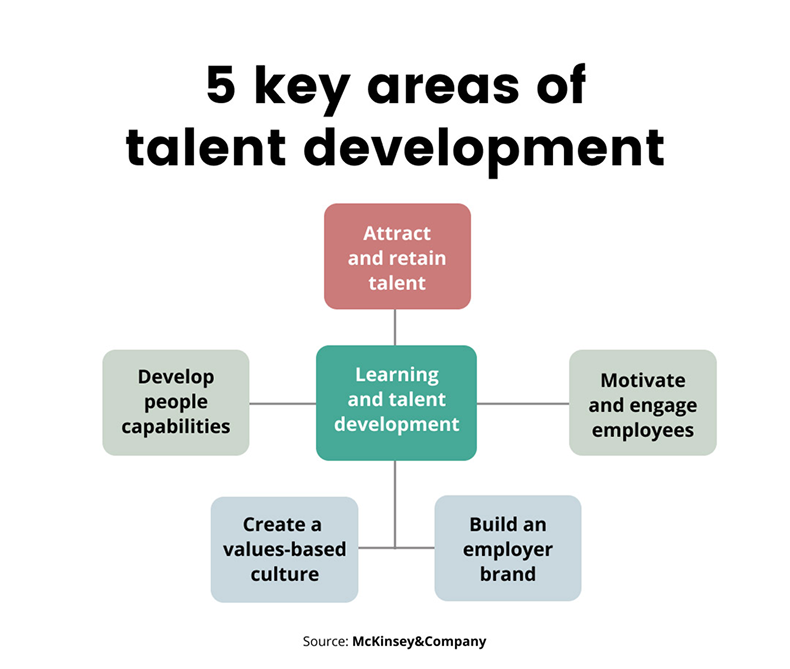
9. Strengthen Employer Branding Through Digital Storytelling
Platforms like LinkedIn, Glassdoor, and industry communities are essential in shaping employer perception. Share authentic employee stories, spotlight company culture, and participate in relevant discussions. Effective employer branding is not promotional—it’s experiential.
To elevate your digital presence:
✅ Share consistent, value-driven content
✅ Highlight real voices from across the organization
✅ Use visuals that reflect your true work environment
Maximize productivity of your business
Track employee productivity and simplify work with them
10. Showcase Your Unique Employee Experience
Top talent is choosing employers based on differentiation. Highlight what makes your workplace distinct—whether it’s cross-functional collaboration, social impact work, innovation labs, or employee-led initiatives. Use immersive content like behind-the-scenes videos, virtual tours, or team spotlight series.
11. Pursue Third-Party Recognition for Credibility
Recognition in “Best Places to Work” lists or industry awards provides external validation of internal culture. These accolades reinforce your employer value proposition and attract candidates looking for proven, employee-centric organizations.
12. Develop a Cohesive Employer Branding Strategy
Employer branding should be driven by clear narratives tailored to your ideal candidate profiles. Align messaging across job descriptions, career sites, social media, and internal communications. Authenticity and consistency are key to resonating with the right audience.
13. Personalize Career Growth Opportunities
Generic development programs no longer suffice. Create individualized learning plans, offer diverse project experiences, and maintain regular career check-ins. When employees feel their growth matters, they invest deeper in the organization.

14. Promote Work-Life Integration, Not Just Balance
Modern employees seek harmony, not separation, between work and life. Offer flexible scheduling, hybrid or remote options, and support for personal responsibilities. Encouraging employees to fully disconnect during time off also fosters resilience and reduces burnout.
15. Use Smart Technology to Empower Talent Management
AI and automation are transforming HR operations. Use intelligent platforms for performance tracking, real-time feedback, personalized learning, and sentiment analysis. These tools provide deeper insights and enable agile decision-making, aligning talent strategy with business needs.
16. Prioritize Holistic Employee Well-being
Well-being is now a strategic imperative. Mental health support, physical wellness initiatives, financial planning tools, and psychological safety programs all contribute to an environment where employees can thrive. Companies that invest in comprehensive well-being see stronger engagement and lower turnover.
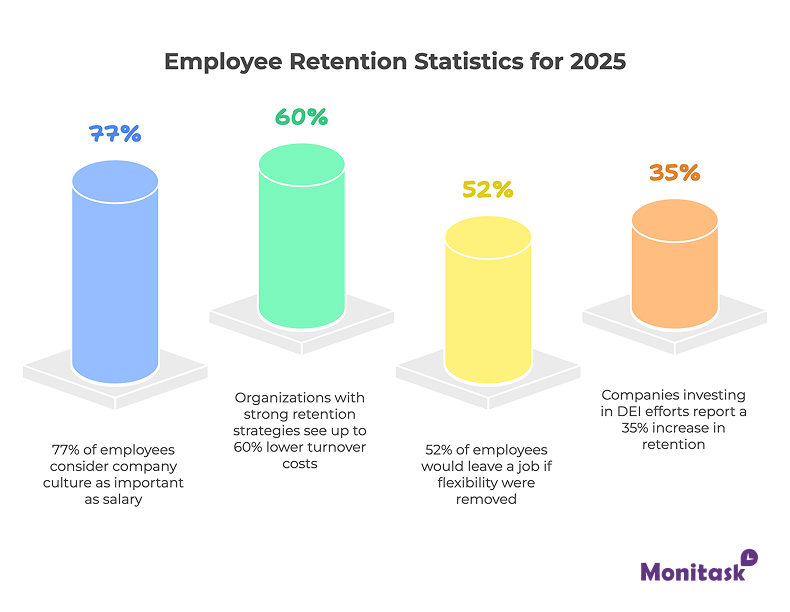
Conclusion – Sustainable Success
In 2025, successful organizations will be those that view employees not just as assets but as multifaceted individuals with changing expectations.
By embedding flexibility, development, inclusion, and well-being into their DNA, companies can build loyal, high-performing teams that drive sustainable success.
As the competition for talent intensifies, adaptability is no longer optional—it is the key to leadership.
— The Monitask Team
Frequently Asked Questions
How do you successfully retain staff?
By fostering a supportive work environment, offering competitive rewards, prioritizing employee growth, and enabling work-life integration.
Why is retaining employees important?
Retention reduces hiring costs, protects institutional knowledge, and supports organizational stability and culture.
What attracts good employees?
Meaningful work, strong culture, career opportunities, and benefits that reflect modern lifestyles.
How do you increase employee attraction?
Through strategic employer branding, authentic communication, visible values, and differentiated workplace offerings.
What are the three things employees really want?
Growth, recognition, and a healthy work-life experience.
